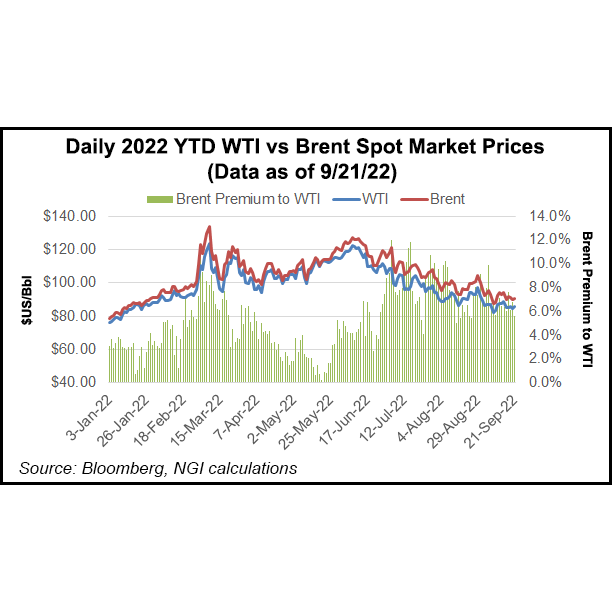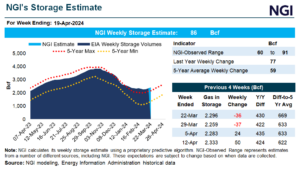Oil | E&P | International | NGI All News Access | NGI The Weekly Gas Market Report | Shale Daily
Prices Tread Water as U.S. Oil Production Stagnates, Russia’s Putin Escalates War in Ukraine
© 2024 Natural Gas Intelligence. All rights reserved.
ISSN © 1532-1231 | ISSN © 2577-9877 | ISSN © 1532-1266 | ISSN © 2158-8023 |



